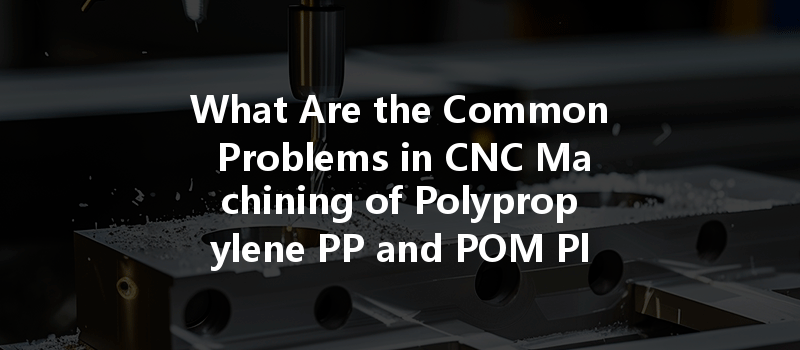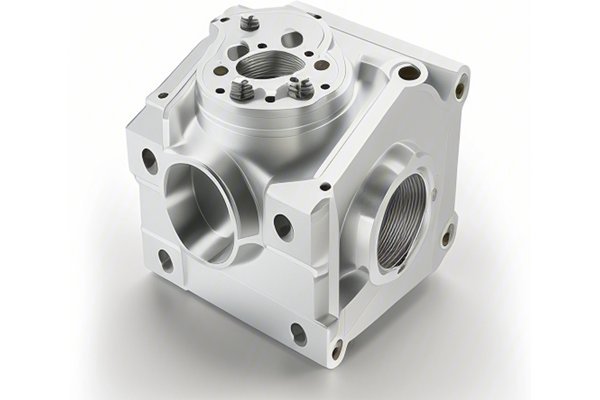: A Fundamental Question
Did you know that plastics account for over 30% of all manufacturing materials used in CNC machining? Among these, polypropylene (PP) and polyoxymethylene (POM), commonly known as acetal, are two of the most popular choices due to their versatility, durability, and cost-effectiveness. However, machining these materials is not without its challenges. What particular hurdles do manufacturers face while processing these popular plastics, and how can they overcome them? This blog post will delve into some typical problems encountered in CNC machining of PP and POM plastics, along with effective solutions that can streamline processes and enhance product quality.
Overview of Polypropylene (PP) and POM Plastics
Understanding PP and POM
Polypropylene (PP) is a thermoplastic polymer known for its excellent chemical resistance, low density, and outstanding fatigue resistance. It is widely used in applications ranging from automotive parts to living hinges due to its flexibility and strength.
On the other hand, polyoxymethylene (POM) is prized for its high stiffness, low friction, and excellent dimensional stability, especially in engineered applications. It is suitable for precision parts like gears and bearings, making it vital for sectors such as automotive, electronics, and machinery.
Importance of CNC Machining
CNC machining is central to the manufacturing process as it enables the precision shaping of both PP and POM, offering high tolerances and reproducibility. Still, the unique properties of these plastics bring their own set of challenges during machining.
Common Problems Encountered in CNC Machining of PP and POM
Both PP and POM can be sensitive to heat, resulting in thermal deformation during machining. Given that machining operations involve considerable friction and cutting speeds, managing heat is crucial.
Solution:
Machining plastics can lead to rapid tool wear due to the abrasive characteristics of the materials, particularly in POM.
Solution:
Achieving a high-quality surface finish is often challenging when working with PP and POM, especially if the right machining parameters are not used.
Solution:
The properties of PP and POM can lead to part distortion, particularly when large or thick sections are machined. This issue is exacerbated during processes that involve changes in temperature.
Solution:

As polymers are machined, especially at high cutting speeds, they can stick to the tool and create a buildup of material, known as gumming.
Solution:
Achieving precise dimensions in CNC machining is ideal, but inconsistencies in tooling, machine calibration or programming can lead to inaccuracies.
Solution:
Certain formulations of PP and POM may present challenges in terms of their machinability characteristics, leading to slower machining times and ineffective outcomes.
Solution:
Best Practices for CNC Machining of PP and POM
A. Pre-Processing Steps
B. Post-Processing Techniques
C. Training Machine Operators
: Navigating Challenges of CNC Machining
CNC machining of polypropylene and POM plastics presents its fair share of common problems, from thermal deformation to poor surface finish. Being aware of these challenges and utilizing appropriate solutions can ensure optimal processing and enhance product quality. Implementing effective cooling methods, utilizing proper tooling, conducting regular maintenance, and ensuring thorough training of operators are essential steps in overcoming these hurdles.
In summary, understanding the nuances of machining polypropylene and POM goes a long way in achieving successful outcomes in your manufacturing processes. As the demand for precision plastic parts continues to grow across various industries, it is essential for manufacturers to adapt and innovate. This blog offers insights that not only focus on problems but also equips you with comprehensive solutions necessary for mastering CNC machining of these essential materials. Embracing these practices will ultimately contribute to the success of your projects, highlighting the importance of this knowledge in today’s fast-paced manufacturing landscape.
Would you now consider the unique challenges of CNC machining when working with PP and POM in your processes? By addressing these aspects, your operation could achieve higher efficiency and desirable outcomes while ensuring customer satisfaction.






